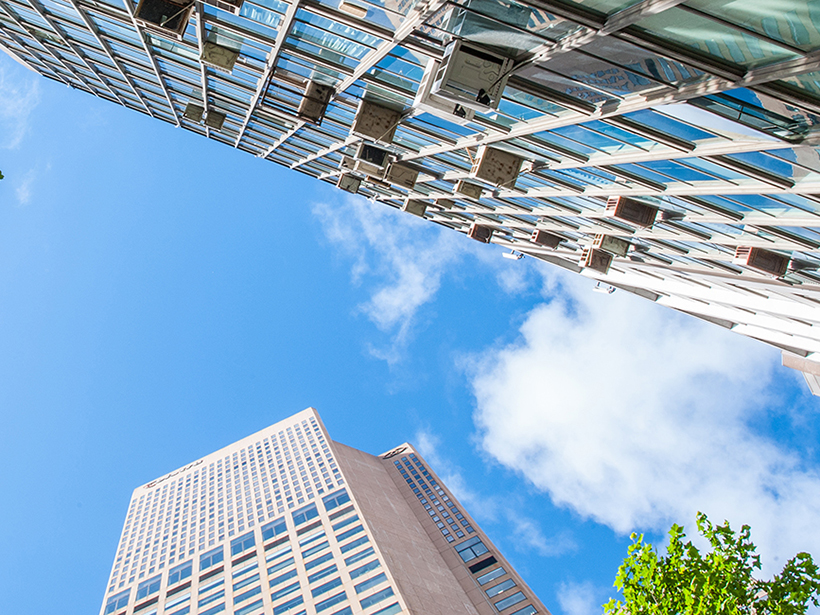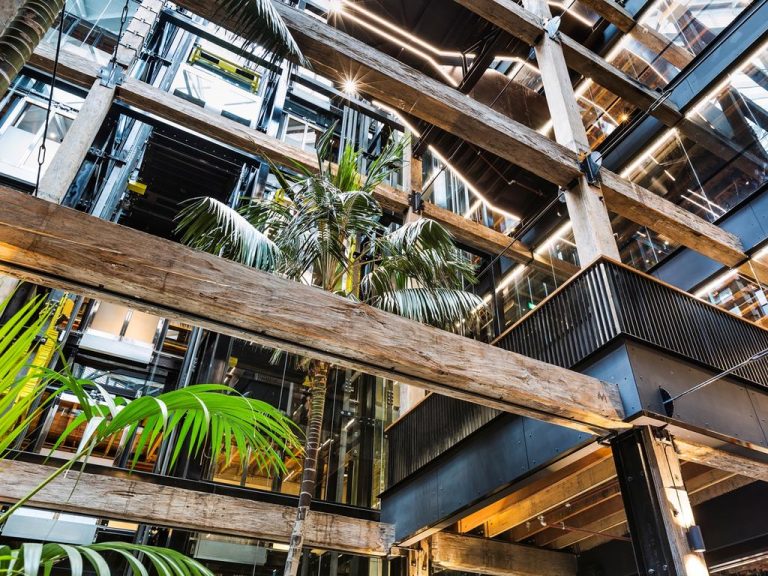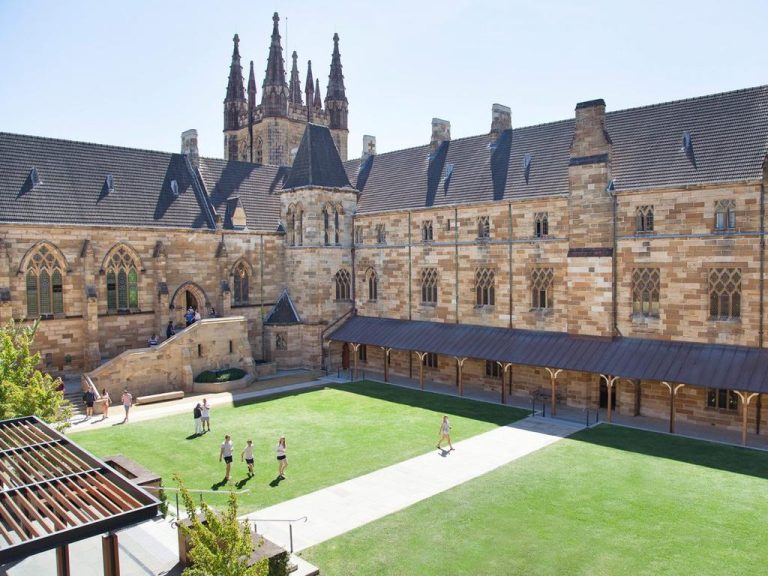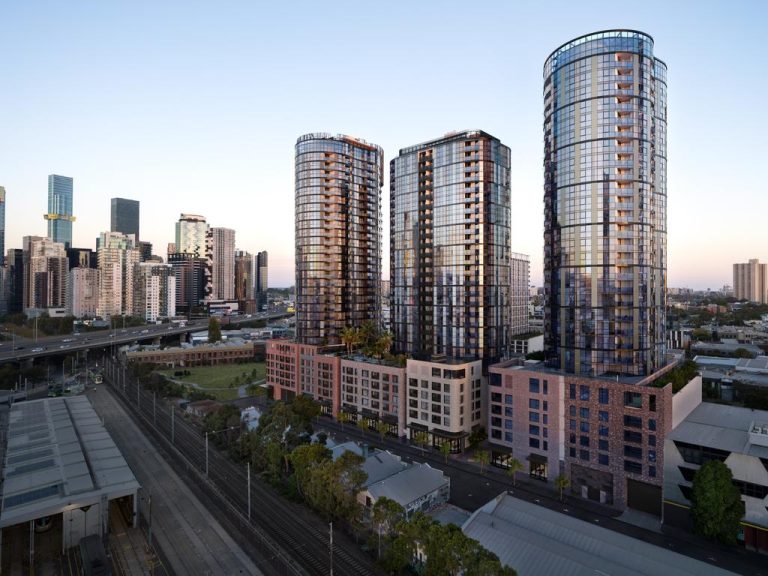Sydney, Melbourne office markets tighten further

Rents for prime office space in Sydney and Melbourne have powered ahead with a shortage of properties tipped to worsen.
Figures from real estate firm JLL show rents in Sydney rose 6% over the final quarter of 2016 with the annual figure hitting 17.6%.
Rent prices in Melbourne jumped 4% for the quarter and 10.5% anually amid strong leasing activity, tightening vacancy and limited new supply.
Commercial Insights: Subscribe to receive the latest news and updates
JLL NSW head of office leasing Daniel Kernaghan says Sydney’s performance is particularly impressive because the vacancy rate barely budged despite the city posting its largest number of office completions since 1992.
Rents have now grown 32.5% since an upturn which began in late 2013.
“Competition for space was generated by organic growth across a range of industry sectors and the displacement of tenants from Sydney Metro and residential conversion,’’ Kernaghan says.

Competition for space in Sydney’s office market is stronger than ever.
“Sydney will be in a unique cycle over 2017 and 2018.
“Stock withdrawals will be higher than the number of completions and the size of the market will contract.
“Diminishing options for contiguous space have pushed incentives to the lowest level since 2011 and competition for space will push them lower over 2017 and 2018.”
Canberra posted a 2.4% increase in rent prices but Brisbane, Adelaide and Perth struck negative territory.
Stock withdrawals will be higher than the number of completions and the size of the market will contract
JLL reported a national CBD office market vacancy rate of 11.9% for the quarter, down from an annual 12.6%.
Sydney’s quarterly vacancy rate marginally increased to 7.7%, Melbourne tightened to 8.1% and Brisbane’s CBD moved slightly higher to 17.2% as Flight Centre relocated to South Brisbane.
Vacancies in Adelaide were up slightly at 16.9%, Perth tightened to 24.1% and Canberra’s office market recovery gained momentum – shortening to 11.7%.

Melbourne’s office leasing market continues to tighten.
Nationwide the amount of CBD office space occupied grew by 47,000 sqm in the quarter with the annual figure hitting 326,200 sqm.
JLL head of research Andrew Ballantyne says: “The strong net absorption result showed that corporate Australia was very resilient to exogenous shocks impacting sentiment in 2016.”
“Organisations remain committed to achieving medium-term objectives and understood the role of real estate in shaping culture and supporting productivity initiatives,’’ he says.
Melbourne recorded the strongest annual net absorption result with 188,700 sqm less space on the market than, the second highest since records began in 1970.
Sydney came in next with 81,600 sqm, Brisbane posted 41,500 sqm as its market continues to find its feet and Adelaide recorded 2000 sqm.
Canberra’s recorded net absorption of 14,900sqm for the quarter and Perth 9500 sqm – the strongest quarterly result since 2012.
A rebound in the iron ore price boosted sentiment in the WA capital while a number of occupiers centralised from the suburbs and significant amounts of sub-lease space were removed from the market.







